Realign the relationship between the shoulder girdle and the spine

Every time I get a massage I have to ask my massage therapist to dig in underneath my shoulder blades; this is the area where I hold tension. I guess childhood patterns of ballet and gymnastics had conditioned me to lift my chest up while pulling the shoulder blades down, and my dad’s “Sit up straight!” still resonates in my head many years later. Old habits die hard; that’s why I tend to overcompensate and pull myself into a “military posture,” which means that the muscles between my shoulder blades are chronically contracted.
That is probably why I love twisting postures. They help my upper back and neck feel spacious and pliable again, and they help reposition my shoulder girdle so that it feels more balanced and symmetrical. This 30-minute yoga practice will help you do the same!

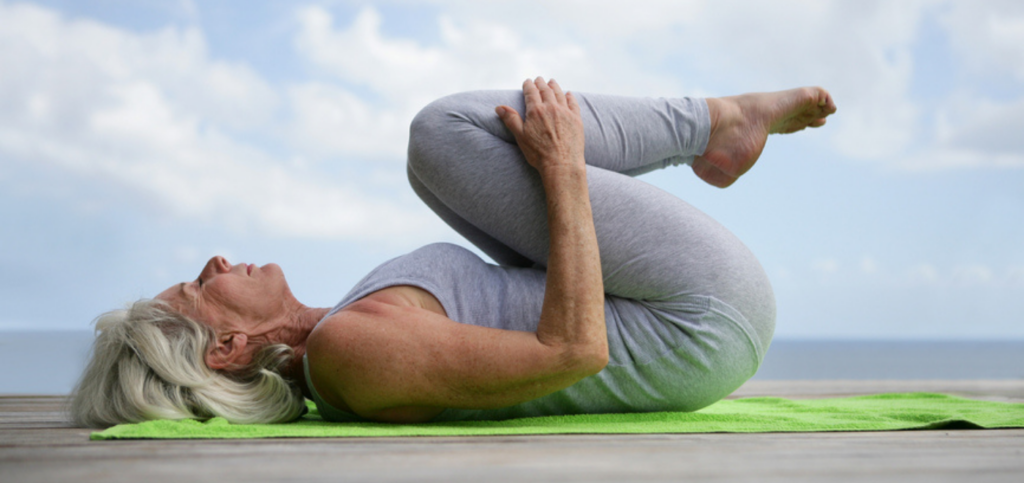
Certain movement combinations work every time to release tension in specific body areas, and simple yoga practices based on those movements can give us reliable relief from physical tensions.

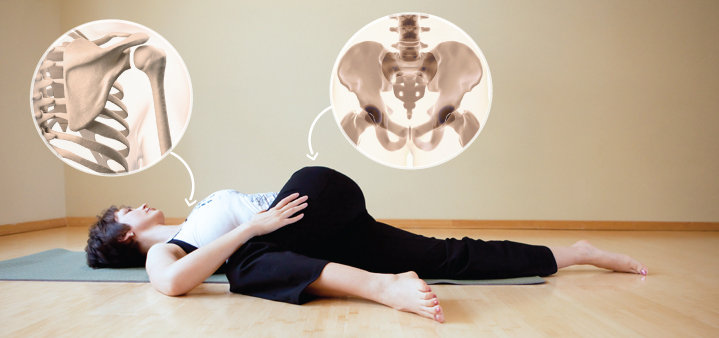
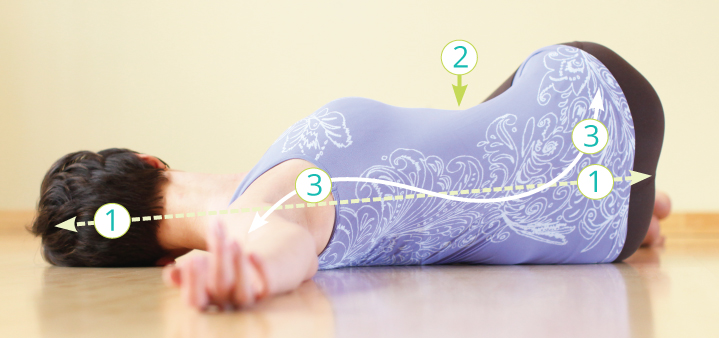

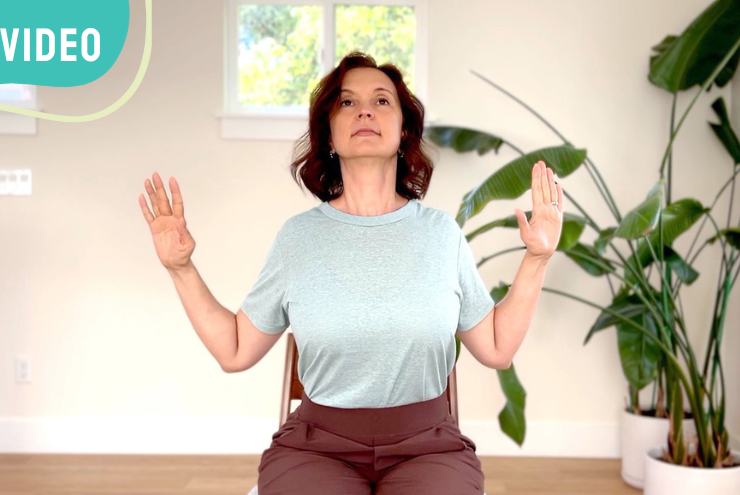
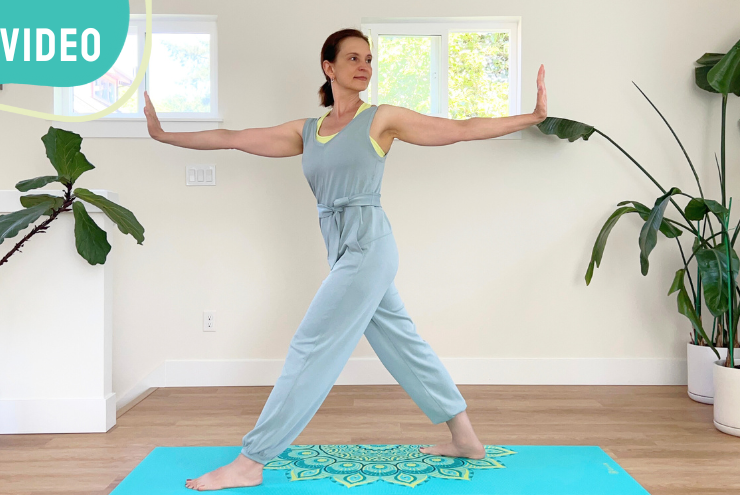
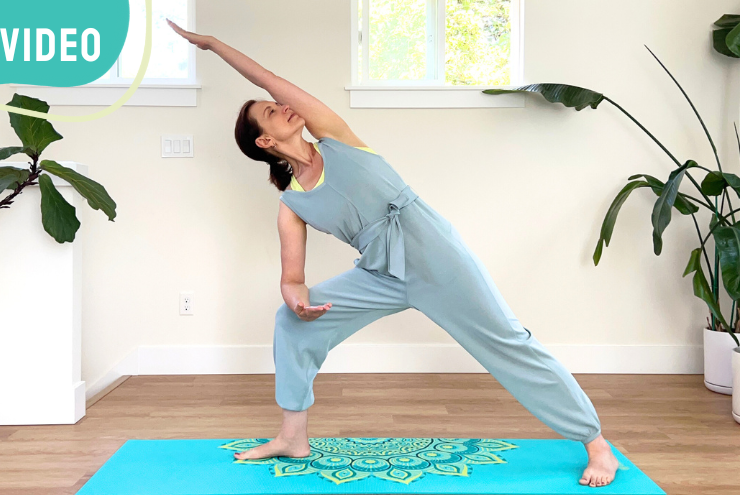


I can definitely feel my shoulder blades & surrounding musculature now! I especially like the breath arrangement on #10. Seems coming 1/2 way into the twist before proceeding as you have here encourages a more mindful entry into the second 1/2. Thank you for another wonderful practice, Olga.
You are very welcome Joy, I am glad that you’ve tried it! And this is exactly the point on #10 – to make the twist more mindful and precise. So happy to hear that you picked up on that!
Hi Olga,
Thanks for this indeed nice sequence. The only point which caused me to stop and think was parsvottanasana. It, in itself, is one of the best opportunities, but in a class where an average age exceeds 50, I dare not to propose it in a full version. I absolutely suggest to to bend no more than bringing torso parallel to the floor while resting the hands on 2 blocks, or gliding them down along forward leg to stop where the low back is still comfortable.
Hi Alexander – great suggestion! It makes perfect sense to adapt Parsvottanasana to the needs of the students that are practicing the sequence. Thank you for your input!
Hari Om Olgaji
Very effective sequence!
Clarification: After Bhujangasan at #8, can we replace Apanasan with Shishosasan-Shashankasan.
Yogicly
Abhinandan
Hi Abhinandan; when you say “Shishosasan”, do you mean the Chuld’s pose? We usually call it Balasana, so I want to make sure that we are talking about the same thing. If that’s the case, then certainly, you can use it after Bhujangasana. It’s always best to have a forward bend after a back bend.
Thanks Olgaji
Namaste Olga,
Thank you for your shoulder yoga practices. They are very concise and helpful. Can you please make a video for the down deep into the tops of the shoulders . Mine often feel as they have been carrying boulders around atop my shoulders. I do have fibromyalgia and have used yoga tuneup balls; however, there continues to be a crackly movement in the tissues upon massage.
I look forward to your emails; they truly support my personal yoga practice and ongoing studies.
Thank you for sharing your gifts!
Blessings,
Lisa
Hi Lisa! I would recommend this practice for you. This short chair practice might also be useful for your situation. I hope it helps!